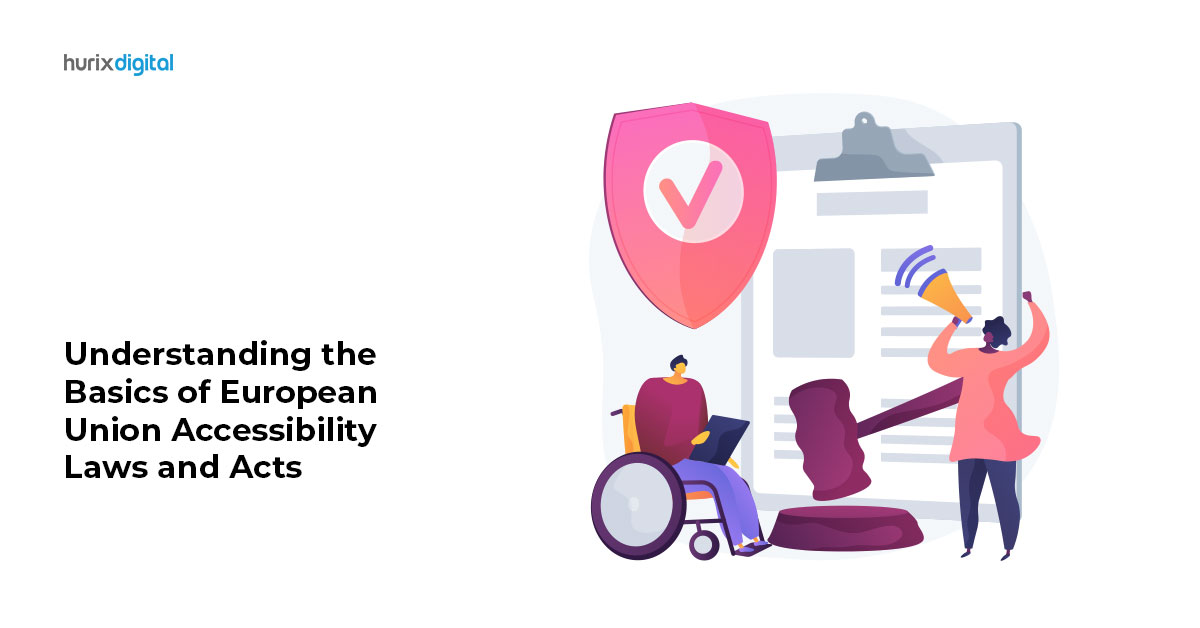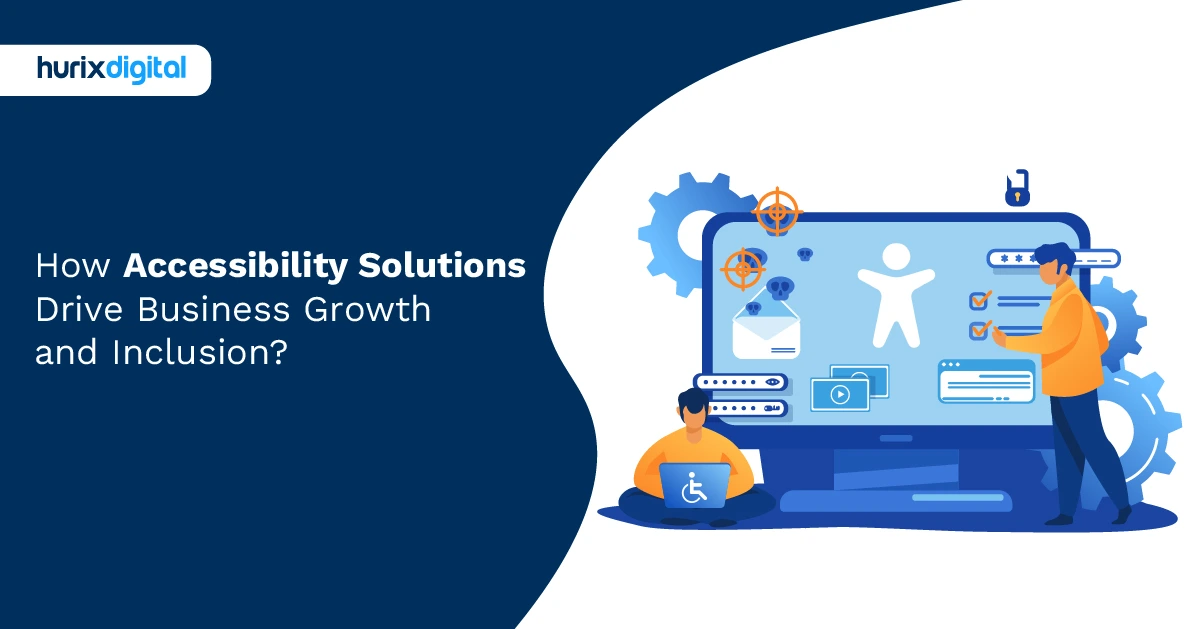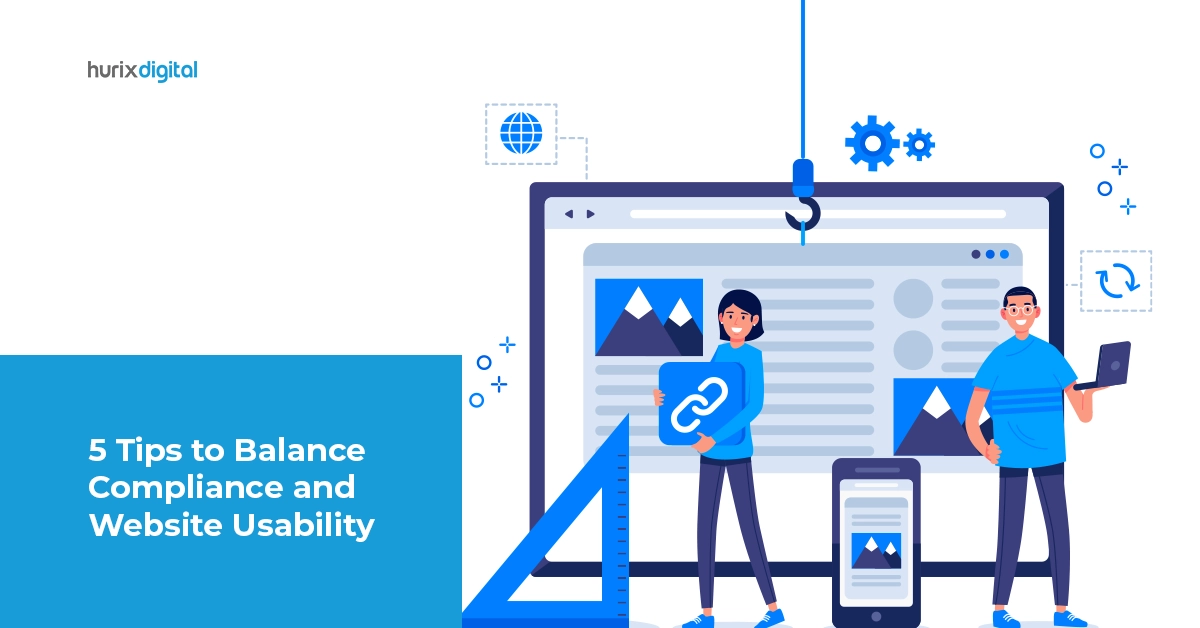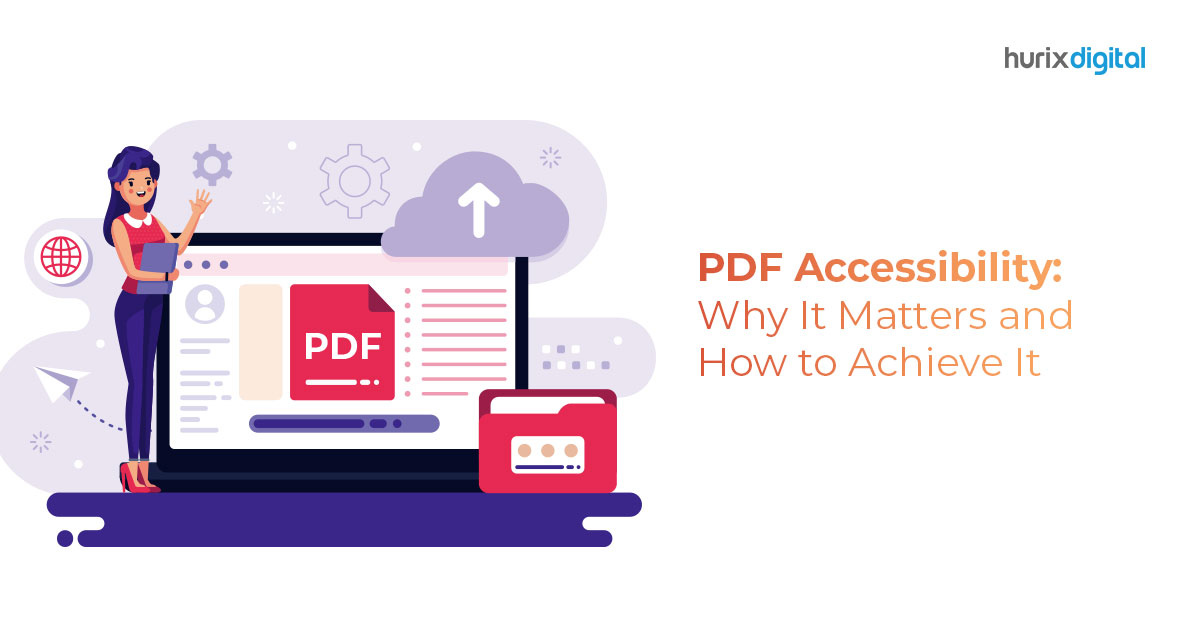
Understanding the Basics of European Union Accessibility Laws and Acts
In an increasingly interconnected world, digital technology has become an integral part of our daily lives. From communication and education to business and entertainment, the digital revolution has transformed the way we interact with the world. However, as technology advances, it is essential to ensure that no one is left behind. This is especially true for individuals with disabilities, who often face barriers when accessing digital products and services.
Recognizing the need for inclusivity and equal opportunities for all, the European Accessibility Act (EAA) emerged as a groundbreaking directive by the European Commission. With the primary goal of bridging the accessibility gap, the EAA aims to provide equal access to digital technology for the 135 million people with disabilities in the European Union. In this comprehensive blog, we will delve deeper into the European Accessibility Act, its significance, and how accessibility compliance impacts businesses and individuals across the European Union.
Table of Contents:
- Understanding the European Accessibility Act (EAA)
- What are the Scope and Impact of the EAA?
- Compliance and Business Implications
- Ensuring EAA Compliance
- Conclusion
Understanding the European Accessibility Act (EAA)
https://youtube.com/watch?v=Eb9O_znx6HM%3Fsi%3DDqUwI08MtUR1rv-8
The European Accessibility Act is a transformative directive that draws inspiration from the United Nations Convention on the Rights of Persons with Disabilities. Adopted in April 2019, the EAA was designed to harmonize accessibility rules across the European Union member states. By adhering to European Union Laws, the EAA complements the EU’s Web Accessibility Directive, creating a more inclusive society for all citizens.
The EAA sets forth accessibility requirements for a wide range of key products and services that are fundamental to people’s daily lives. The act covers areas such as websites, e-commerce platforms, computers, operating systems, smartphones, TV equipment, telephony services, banking services, and e-books. By establishing accessibility standards for these products and services, the EAA aims to break down barriers and enhance access for individuals with disabilities and the elderly.
What are the Scope and Impact of the EAA?
The scope of the European Accessibility Act is comprehensive, addressing both digital and physical aspects of accessibility. Let’s explore the key areas covered by the EAA:
Digital Accessibility: Websites and digital platforms are crucial channels for communication, information dissemination, and e-commerce. Ensuring that these platforms are accessible to everyone is a fundamental aspect of the EAA. The act emphasizes adherence to the Web Content Accessibility Guidelines (WCAG), which provides guidelines for creating accessible websites and digital content.
Assistive Technologies: The EAA recognizes the importance of assistive technologies in facilitating accessibility. It calls for the compatibility of digital devices and software with various assistive tools, such as screen readers, magnifiers, and voice recognition software.
Electronic Communication: Telephony services, including smartphones and telecommunication devices, play a central role in modern communication. The EAA aims to ensure that these services are accessible to all individuals, including those with disabilities.
Audiovisual Media Accessibility: The act also addresses audiovisual media, ensuring that TV equipment and services offer features like closed captions and audio descriptions for individuals with hearing and visual impairments.
Accessible Banking Services: Financial inclusion is a key aspect of the EAA. It emphasizes the need for accessible banking services, allowing individuals with disabilities to manage their finances independently.
Compliance and Business Implications
Compliance with the European Accessibility Act is not only a legal requirement but also a significant responsibility for businesses operating within the European Union or serving an EU-based audience. Meeting the accessibility standards outlined in the EAA can have far-reaching implications for both businesses and individuals.
Market Expansion: By complying with the EAA, businesses can expand their market reach to include the 135 million people with disabilities in the EU. This diverse customer base represents significant potential for growth and increased revenue.
Improved Reputation and Brand Image: Embracing accessibility compliance demonstrates a commitment to inclusivity and social responsibility. Businesses that prioritize accessibility are likely to be viewed favorably by consumers, which can lead to a positive brand image and improved reputation.
Enhanced User Experience: Accessibility improvements benefit all users, not just those with disabilities. A more accessible website or digital platform provides a better user experience for everyone, leading to increased customer satisfaction and loyalty.
Legal Protection: Non-compliance with the EAA can result in legal consequences, including fines and reputational damage. By adhering to accessibility standards, businesses can avoid legal issues and potential liabilities.
Ensuring EAA Compliance
Achieving compliance with the European Accessibility Act requires a proactive approach and a commitment to inclusivity. Here are some essential steps businesses can take to ensure compliance:
Conduct a Web Accessibility Audit: Engage web accessibility experts to conduct a thorough audit of your website and digital platforms. The audit will identify accessibility gaps and provide recommendations for improvement.
Implement Accessibility Upgrades: Based on the audit findings, implement necessary upgrades to make your digital platforms accessible. This may involve adjusting website elements, adding alternative text to images, providing captions for videos, and improving keyboard navigation.
Train Staff on Accessibility Best Practices: Educate your staff on web accessibility best practices and the importance of inclusivity. Training employees to understand accessibility guidelines and requirements will ensure ongoing compliance.
Monitor and Update: Regularly monitor your digital platforms for accessibility compliance and make necessary updates as technology and guidelines evolve.
Conclusion
The European Accessibility Act sets a new standard for accessibility and inclusivity in the European Union. By harmonizing accessibility rules, it aims to remove barriers and create a more inclusive market for products and services. Compliance with the EAA is not only a legal requirement but also an opportunity to make a positive impact on society and contribute to a more accessible and inclusive future.
Embracing accessibility is a crucial step for businesses to meet the needs of all individuals and ensure equal opportunities for everyone. Let us strive together to build a more inclusive European society for all. Employing the services of an organization that realizes the value of accessibility standards for websites like Hurix Digital will make your digital accessibility journey easier. Get in touch with Hurix Digital to know more about how they can assist your business in achieving accessibility compliance and contribute to a more inclusive future. With collective efforts, we can embrace the digital revolution while leaving no one behind.
Also Read – 5 Reasons Why Business Accessibility is Important

Vice President – Content Transformation at HurixDigital, based in Chennai. With nearly 20 years in digital content, he leads large-scale transformation and accessibility initiatives. A frequent presenter (e.g., London Book Fair 2025), Gokulnath drives AI-powered publishing solutions and inclusive content strategies for global clients








